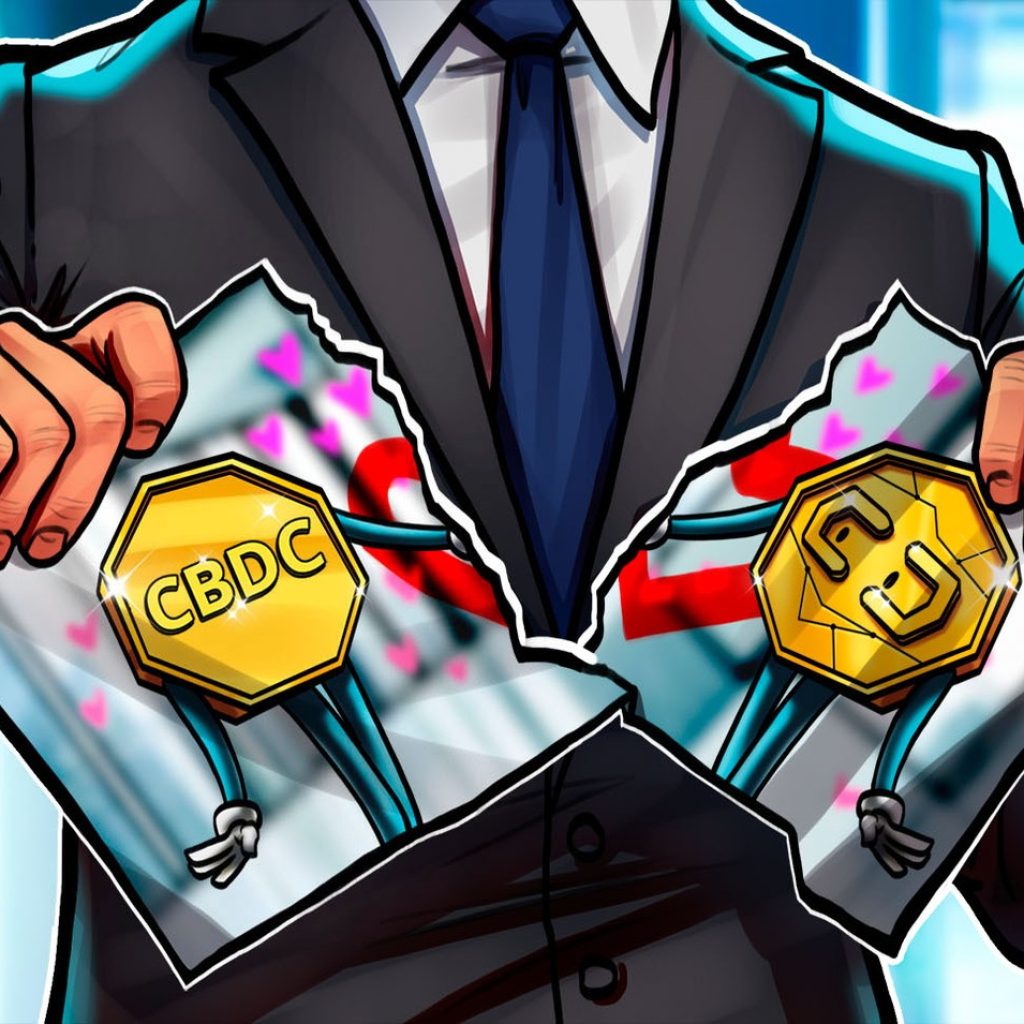The Federal Reserve’s latest policy meeting culminates this Wednesday, with speculations aplenty about whether they’ll keep the interest rates on hold. Investors, analysts, and armchair economists globally are scurrying for hints.
Is this the end of the Fed’s groundbreaking rate escalation? Or is it simply a recess in their ongoing endeavor to reshape the world’s economic landscape?
A Delicate Dance with Inflation
The current scenario unfolds like a high-stakes drama. The Fed, in a calculated move, signaled that the interest rates would remain untouched during this two-day meet, hovering between 5.25 and 5.5 percent. This decision arrives on the heels of their last increase by 0.25 percentage points in July. But why the sudden halt in pace?
Stepping back, it’s clear: the Fed is treading a tightrope. Their mission is critical – curtail the runaway inflation without thrusting the economy into the bleak abyss of recession.
It’s a herculean task, akin to making a ‘soft landing’ on shifting sands. Last summer witnessed inflation soaring past 9 percent. But the scene today is wildly different with inflation rates below 4 percent.
However, the ghost of spiraling prices still haunts the corridors of power. August’s consumer price surge, driven largely by rising petrol costs, is a grim testament to that.
This, juxtaposed with the US retail sales surge, paints a picture of an economy where the uptick in petrol prices dominates the narrative, shadowing the underwhelming expenditure trends elsewhere.
Leading voices within the Fed, including heavyweights like Lorie Logan and John Williams of the Dallas and New York Feds respectively, have played it coy. They’ve indicated a September devoid of interest rate hikes. But critical observers can read between the lines – their reluctance to declare the anti-inflation battle as ‘won’.
Oscar Munoz, the chief US macro strategist at TD Securities, suggests that the Fed’s narrative might slowly veer towards the ‘higher for longer’ approach.
Jay Powell’s upcoming press conference, paired with the central bank’s rate projections, might carry subtle hints. Far from shuttering the possibilities of rate hikes, they might just leave that door ajar, ever so slightly.
Global Echoes: Bank of England and China’s Monetary Moves
The ripples of these financial undercurrents aren’t confined to the US. Across the pond, the Bank of England teeters on the brink of its 15th consecutive rate hike. Despite economic frailties, analysts anticipate a surge to 5.5 percent in benchmark interest rates.
The critical caveat, however, lies in the UK’s inflation figures set to release soon. A notable dip might throw a spanner in the works, although current forecasts project a surge to a 7 percent headline inflation rate, driven once again by petrol prices.
In the Far East, China, the world’s second-largest economy, stands at its own crossroads. Recent economic metrics signal recovery, but the nation’s benchmark rate announcements remain the cynosure.
Speculations abound, with some like Becky Liu of Standard Chartered asserting the possibility of lowered prime rates in the coming week.
In contrast, Robert Carnell of ING throws cold water on such predictions, reminding us of the existing challenges and China’s strategy to buoy their currency against the dollar.
As central banks globally grapple with these tumultuous times, one can’t help but ask: in this intricate dance with interest rates and inflation, who will lead and who will follow? But for now, all eyes are firmly on the Fed.
Will they indeed herald the end of the rate hike frenzy, or is this just the calm before another storm? Only time will tell.





